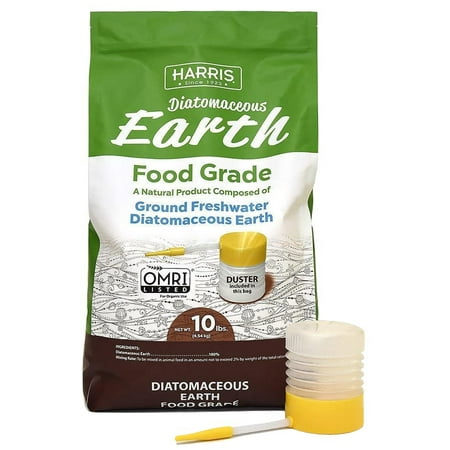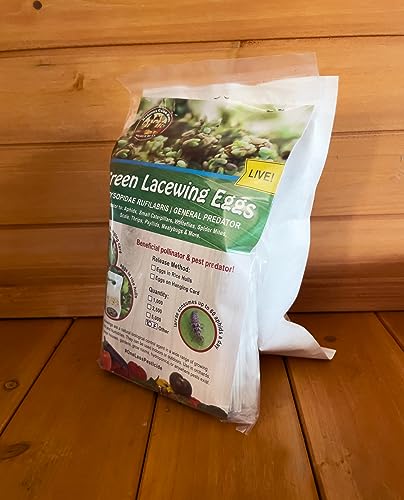A pest expert reveals how to get rid of clover mites, and prevent these springtime, sap-sucking insects from damaging plants and entering your home
Discover how to get rid of clover mites naturally
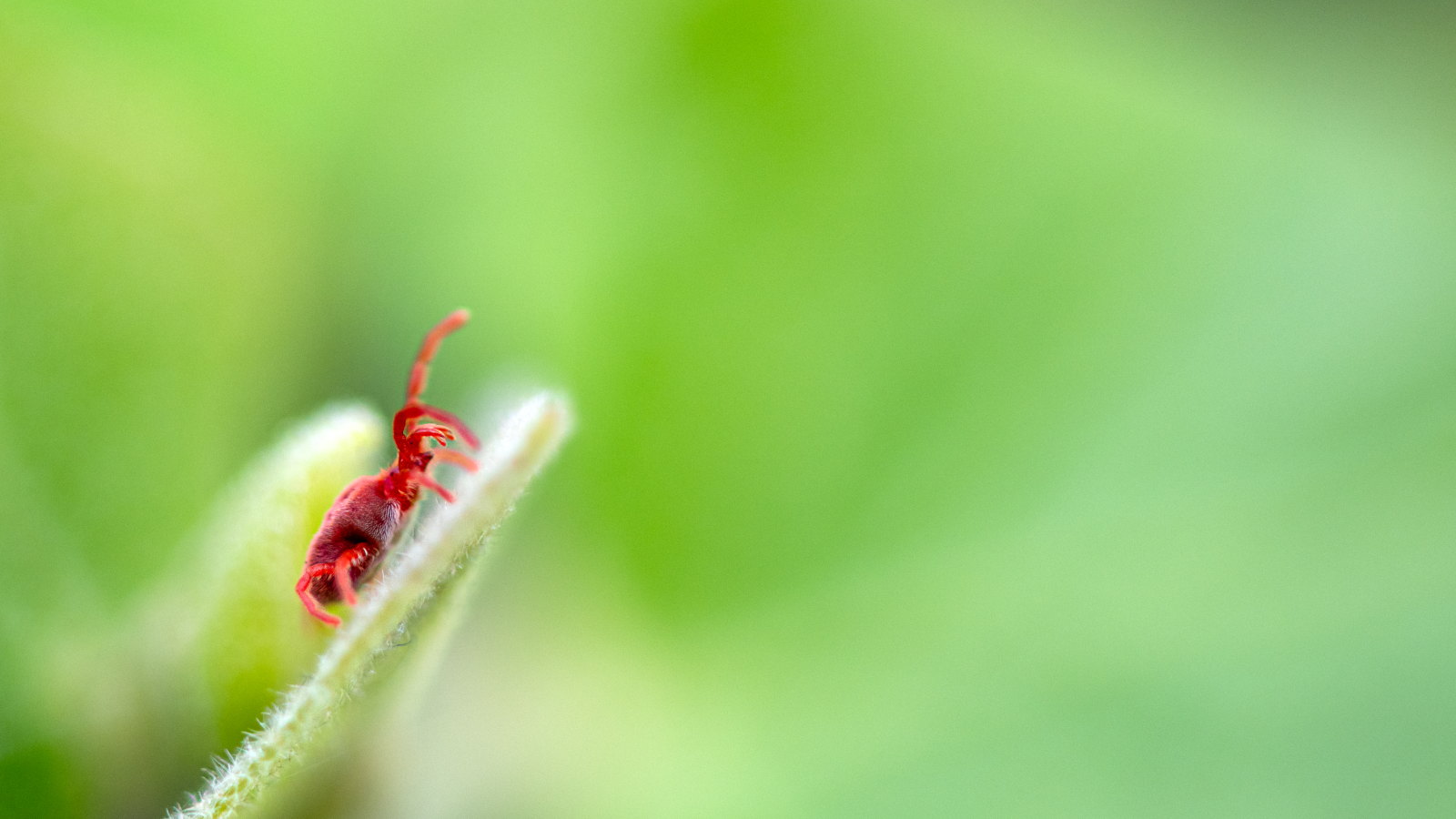

Clover mites (Bryobia praetiosa) are admittedly tiny and may be easy to miss on their own, but they arrive in large numbers and with the potential to cause problems for your plants and headaches inside the home.
These pests are also known as blood spiders, predominantly due to their color and shape, and are very common across North and South America, Europe, Asia, and Australasia. They are sap-suckers that will feed on a diverse range of plants, including ornamentals, lawn grasses, and weeds.
I spoke to an entomologist to discover all about these spring garden pests, including where you will most likely find them and the dangers they pose to your plants. She also revealed how to get rid of clover mites and some tactics you can use in your garden to prevent problems from occurring and stop the pests from getting into your home.
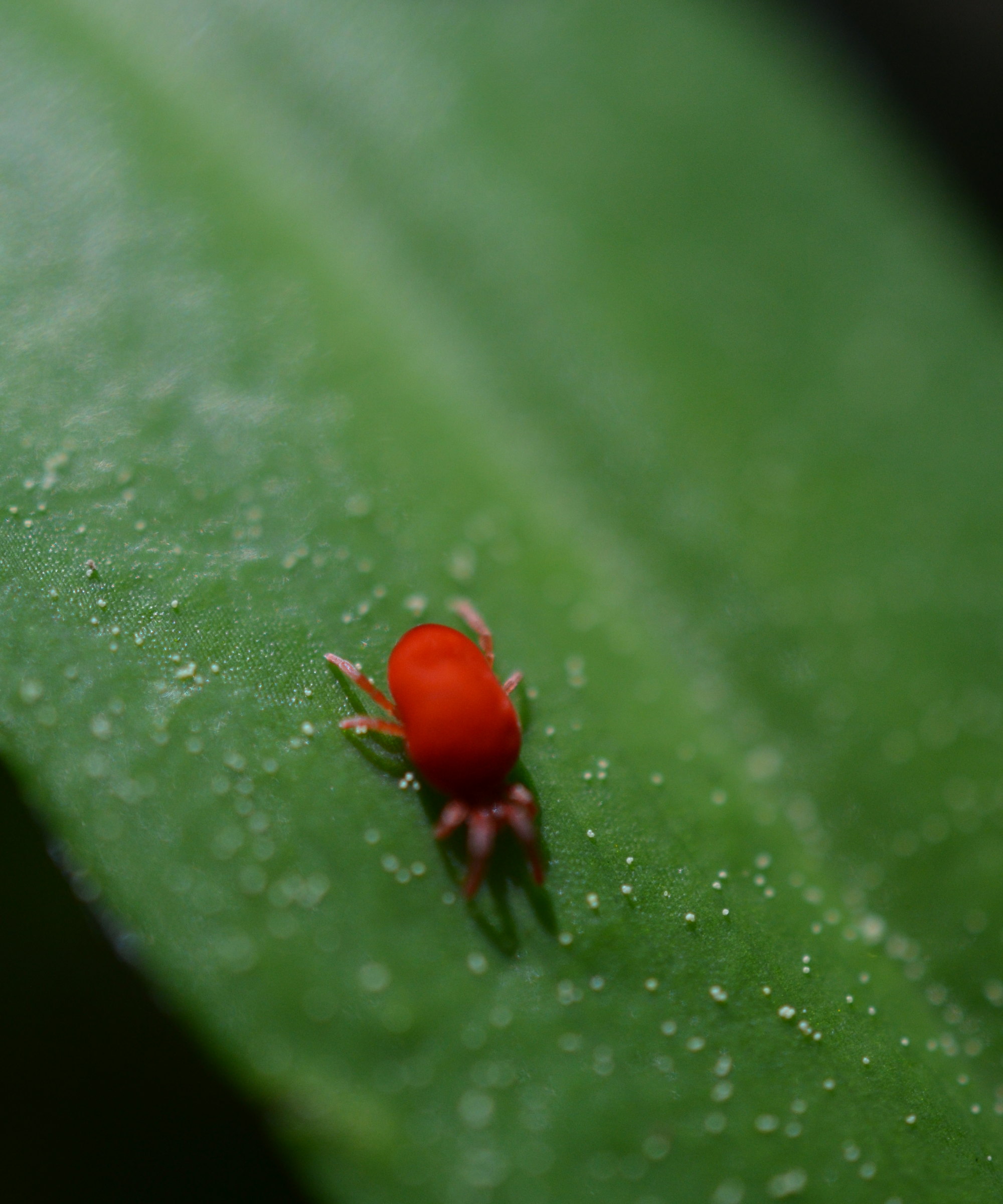
What are clover mites?
Clover mites are common garden and household pests; they are small but can be a nuisance. These tiny red bugs are only around 0.75 mm in size and have four pairs of legs. The adults are brown, while younger clover mites are bright red.
While they may be small, having clover mites on plants will mean they do damage. As clover mites reproduce quickly and grow fast, their numbers rise exponentially as they impact the garden and find their way into homes.
Clover mites are troublesome sap-sucking pests. The positive news is that they are not pests that can destroy plants; however, they will do damage.
The impact of clover mites will be evident on susceptible plants around the yard. Emma Grace Crumbley, an entomologist for Mosquite Squad Plus, explains the impact clover mites have as they stab at plants with their piercing mouthparts and drink the fluids inside.
Design expertise in your inbox – from inspiring decorating ideas and beautiful celebrity homes to practical gardening advice and shopping round-ups.
‘Clover mite infestations can damage turf grasses, clover patches, ornamental flowers, and vegetation near the sides of the home,’ says the expert. ‘Damage can look like silvery discoloration, browning, or patches of dead grass throughout the yard.’
Emma claims the pests prefer ‘sunny and dry spots’ where they can feed on grasses and plants that thrive under those conditions. It often means that lawns and plants in sunny flower beds are attractive to clover mites when these springtime pests appear.

Emma Grace is an entomologist and science communicator from Atlanta, Georgia, now based in New York. She received her formal training from the University of Georgia, where she studied Entomology and Applied Biotechnology. Through her role as Mosquito Squad Plus' entomologist, Emma Grace provides assistance with pest identification, treatment guidance, and explanations of pest trends to both Mosquito Squad Plus technicians and customers alike.
How to get rid of clover mites
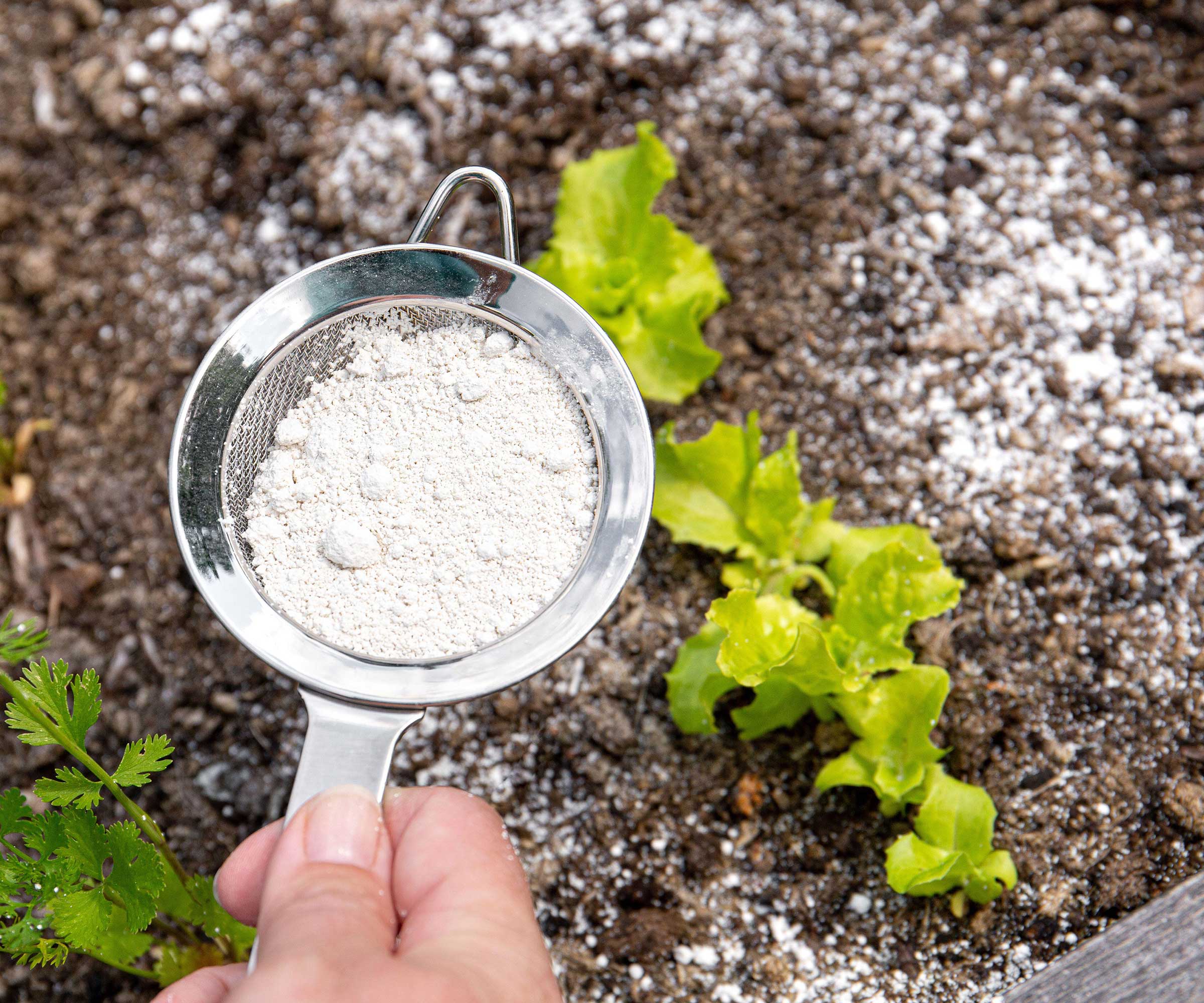
If your first way of thinking is how to get rid of clover mites naturally, then using diatomaceous earth can be a good option.
Diatomaceous earth is a non-toxic pest control essential for indoor and outdoor pests, and its sharp edges cut the exoskeleton of pests, causing them to dry out and die. To use diatomaceous earth for clover mites, sprinkle it around infested areas.
Spraying insecticidal soap directly onto infected plants can kill clover mites. Such products are available from retailers, or you can make a homemade bug spray by mixing a tablespoon of liquid dish-washing soap with a litre of warm water.
Inspect plants and spray the mix directly onto the leaves and stems, though it needs to be done regularly to keep on top of pest populations. Alternatively, a neem oil spray can also be used on plants to eliminate clover mites.
Lacewings are natural predators of clover mites and other common backyard pests. Attracting such beneficial predators by making a bug hotel or introducing lacewings into your yard can help control populations.
If clover mites become a nuisance inside the home or other outdoor buildings, then sucking them up with a vacuum cleaner is the quickest way to eliminate them.
Emma Grace Crumbley adds it is also the cleanest method, warning that ‘squishing mites will leave behind red stains’. She adds: ‘Be sure to dispose of the dryer bag or clean your vacuum away from the home to prevent re-infestation.’
A large or troublesome infestation may require the help of a professional company to eliminate the clover mite problem safely and efficiently to prevent the pests from becoming a continual irritant in your garden or home.
How to prevent clover mite problems

Clover mites tend to cause the biggest issues in the warmer areas of the garden, on the southernmost side. By concentrating preventative measures on those more susceptible areas, you give yourself the best chance of reducing clover mite problems.
Create a boundary
Clover mites are an issue outdoors, but also cause problems if they start to invade the home. Creating a grass-free boundary around the home is an ideal way to prevent clover mites from moving from the yard into a property and becoming a nuisance.
‘Since clover mites feed on and live in grass or clover patches, creating a grass-free zone next to the house can prevent them from entering and creating further nuisance,’ recommends Emma Grace Crumbley. ‘Consider adding gravel, mulch, or stones around the home to discourage clover mites.’
Maintain a healthy lawn
Good lawn care can help prevent clover mites. This includes mowing the lawn regularly at a height of a few inches and fertilizing a lawn correctly – adding too much nitrogen will result in too much lush growth that will attract clover mites.
Emma Grace Crumbley adds that watering the lawn regularly can help eradicate some clover mite problems. ‘Clover mites prefer dryer areas, so maintaining healthy moisture levels can prevent infestations,’ says the entomologist. ‘However, do not overwater your lawn. Flooding can lead to other pest problems, like mosquito and fly infestations.’
Add repellent plants
There is a selection of pest repellent plants that clover mites will not infest. Adding these to your yard can help prevent pest populations from developing. Emma highlights the likes of geranium, chrysanthemum, and marigold, or shrubs such as juniper, as options for repellent planting that will actively discourage clover mites.
Move affected plants
If you have a container garden and spot any plants struggling with clover mite issues, move them to a different location in the yard. This will help prevent issues from spreading as the mites may make their way from that plant to others or into the home. Emma Grace Crumbley adds that mowing grass or cutting back ornamental grasses can help ‘knock down’ the population of clover mites.
FAQs
Are clover mites harmful to humans?
Emma Grace Crumbley, entomologist from Mosquito Squad Plus, says: ‘Clover mites are plant-feeding mites, meaning they pose no threat to humans or animals.’ Their sight may be unappealing and their presence unwelcome, however, you need not worry about the health of you or your family, as the pests do not bite humans or transmit harmful diseases.
Does lavender repel clover mites?
Growing lavender can help actively deter clover mites, thanks to its strong aroma. Alternatively, the natural compounds in lavender essential oils can be mixed with water and sprayed on infested areas to control clover mite populations.
Does vinegar repel clover mites?
It is possible to mix vinegar with water and spray it on affected areas to combat clover mites. The acidity of the mixture, plus the pungent smell of the vinegar, can kill clover mites that are present and repel others from the area. However, in the same way as attempting to use vinegar to kill ants, it is only a temporary solution and will not completely eradicate clover mite infestations.
Insecticides can be a last resort for troubling infestations of clover mites, however, it is always better to opt for natural pest control methods than reach for the chemicals.
For example, along with using diatomaceous earth and companion planting with repellent plants, adding umbelliferous flowers, like dill or fennel, to beds, borders, or containers, will attract lots of beneficial insects that will feed on small pests like aphids, spider mites, and clover mites.
Why not let natural predators do some of the hard work for you and reduce the need to use nasty chemicals around the garden?
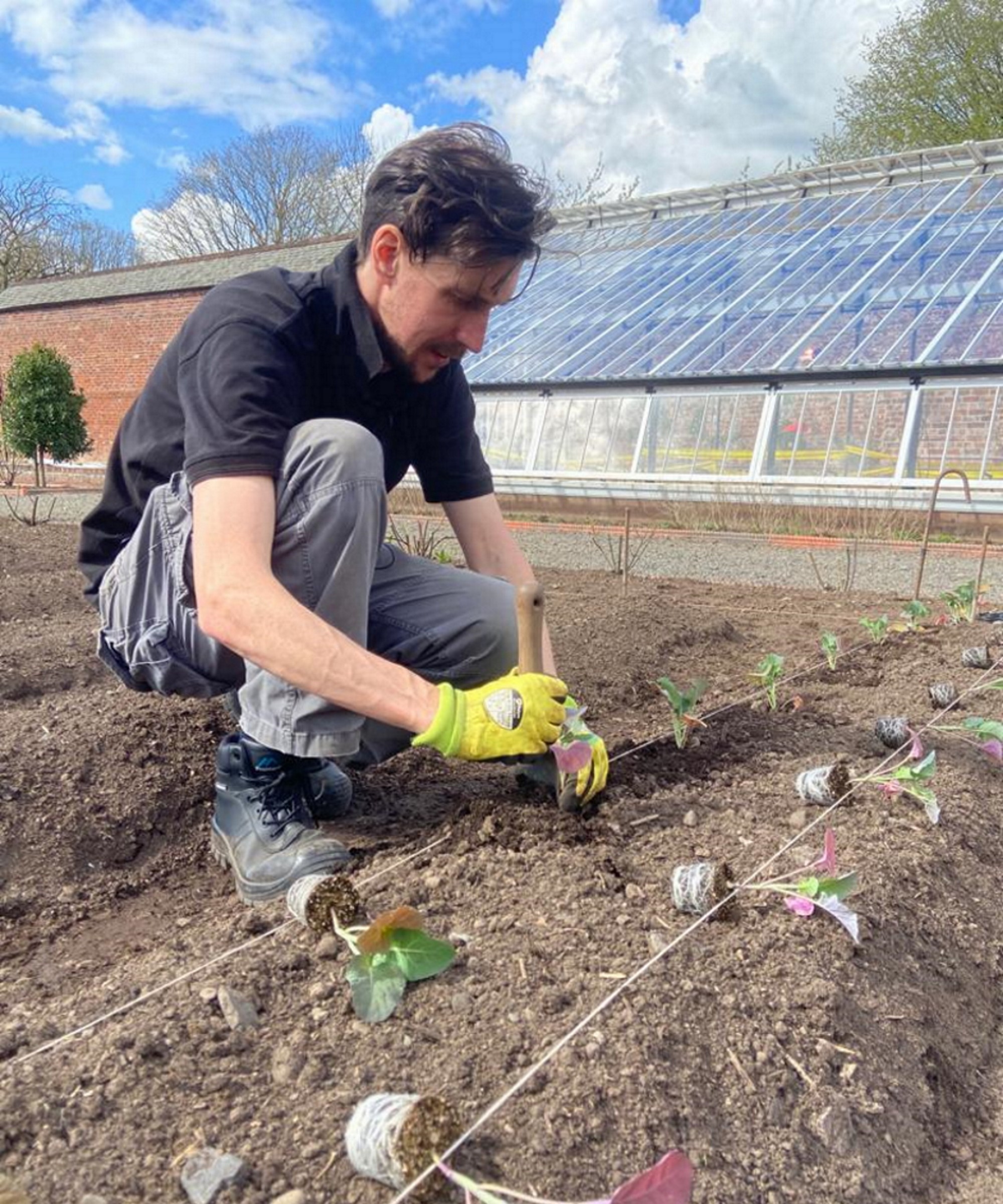
Drew has worked as a writer since 2008 and was also a professional gardener for many years. As a trained horticulturist, he worked in prestigious historic gardens, including Hanbury Hall and the world-famous Hidcote Manor Garden. He also spent time as a specialist kitchen gardener at Soho Farmhouse and Netherby Hall, where he grew vegetables, fruit, herbs, and cut flowers for restaurants. Drew has written for numerous print and online publications and is an allotment holder and garden blogger. He is shortlisted for the Digital Gardening Writer of the Year at the 2025 Garden Media Guild Awards.
You must confirm your public display name before commenting
Please logout and then login again, you will then be prompted to enter your display name.
